Light therapy has become one of the most popular beauty treatments in many parts of the world. A number of light-emitting devices are now available on the market and several spas and institutes have added light-based treatments to their list of services. Light therapy can even be combined with microdermabrasion and oxygen therapy. But why this sudden urge to step into the light? Does it genuinely benefit our skin or is it just an illusion?
Understanding the light
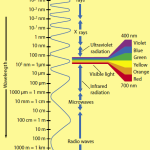 Before we can determine the effects of light, we must first understand it. Light is composed of a multitude of photons and constitutes a mass of energy that travels like a wave. The length of these waves is measured in nanometres (nm). The light we can see is constrained within the visible electromagnetic spectrum, i.e. between 400 and 700 nm. Each wavelength in this spectrum is related to a distinct colour and has distinct effects. Beyond the visible spectrum, we have infrared light, which has a wavelength of more than 700 nm. Infrared light is not visible. Shorter wavelengths have a superficial impact on the skin, whereas longer wavelengths penetrate deeper into the skin.
Before we can determine the effects of light, we must first understand it. Light is composed of a multitude of photons and constitutes a mass of energy that travels like a wave. The length of these waves is measured in nanometres (nm). The light we can see is constrained within the visible electromagnetic spectrum, i.e. between 400 and 700 nm. Each wavelength in this spectrum is related to a distinct colour and has distinct effects. Beyond the visible spectrum, we have infrared light, which has a wavelength of more than 700 nm. Infrared light is not visible. Shorter wavelengths have a superficial impact on the skin, whereas longer wavelengths penetrate deeper into the skin.
Light and Skin
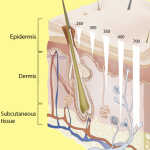 Studies show that the dermis needs light to supply cells with energy and to stimulate collagen production and blood and lymph circulation. The light from light-emitting diodes (LED) found on light-therapy devices stimulates cytochromes, proteins that respond to light and colour to produce a natural biochemical reaction in the skin. The colour influences the response in the skin.
Studies show that the dermis needs light to supply cells with energy and to stimulate collagen production and blood and lymph circulation. The light from light-emitting diodes (LED) found on light-therapy devices stimulates cytochromes, proteins that respond to light and colour to produce a natural biochemical reaction in the skin. The colour influences the response in the skin.
| Blue (450-490 nm)* |
Anti-acne, antibacterial effect. Blue penetrates sebaceous glands to destroy P. acnes bacteria. It therefore reduces and prevents acne and comedones. |
| Green (500-550 nm)* |
Calming, balancing, vasoconstrictive effect. Visibly reduces capillaries. |
| Red (600-690 nm)* |
Stimulates fibroblasts to promote collagen and elastin formation and cellular renewal. Stimulates blood and lymph circulation. |
| Infrared (800-1200 nm)* |
Infrared light yields the same benefits as red light, however it penetrates deeper into the skin, to reach the bones, muscles, and tendons. Infrared light is therefore an effective pain reliever. |
NASA research on LED with wavelengths of 680, 730, and 880 nm shows that the light emitted by the diodes increases fibroblast growth fivefold and also speeds healing. Thus, light therapy is shown to be a very effective anti-ageing treatment to offer your clients in your salon. It allows you to stimulate from the outside the internal functions of the skin, to obtain visible long-term results.
Light Therapy in the Salon
During a salon treatment, it is important to place the light-therapy device directly on skin so as to avoid energy losses. The ideal method consists in applying a watersoluble alcohol-free product on the skin, to move the device slowly over the area and to respect the prescribed time in order to obtain the required 4 joules. Colour combinations can be used during a single treatment depending on the desired effect. For example, in the case of a client with mature skin and local rosacea, red could be used on the eye contour and the face for its anti-ageing effect, while green could be used on the cheeks and nose for its anti-rosacea effect. Light therapy can also be combined with any type of facial or body treatment, microdermabrasion, microcurrent, or oxygen therapy.
A series of 8 to 12 sessions spread out over a period of 4 of 6 weeks is recommended for a complete course of treatment. Subsequently, one session per month will be needed to maintain the results. These results may take up to 10 weeks to become visible on the skin surface, since changes are initiated in the dermis. The effects are also cumulative. So, the more light therapy you receive, the more results you will see! In short, if light can help boost our morale and prevent depression, it has now been demonstrated scientifically by NASA that it is also very beneficial to our skin. Light therapy is therefore extremely interesting.
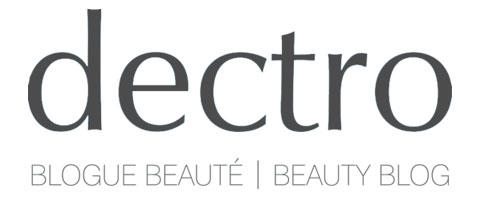
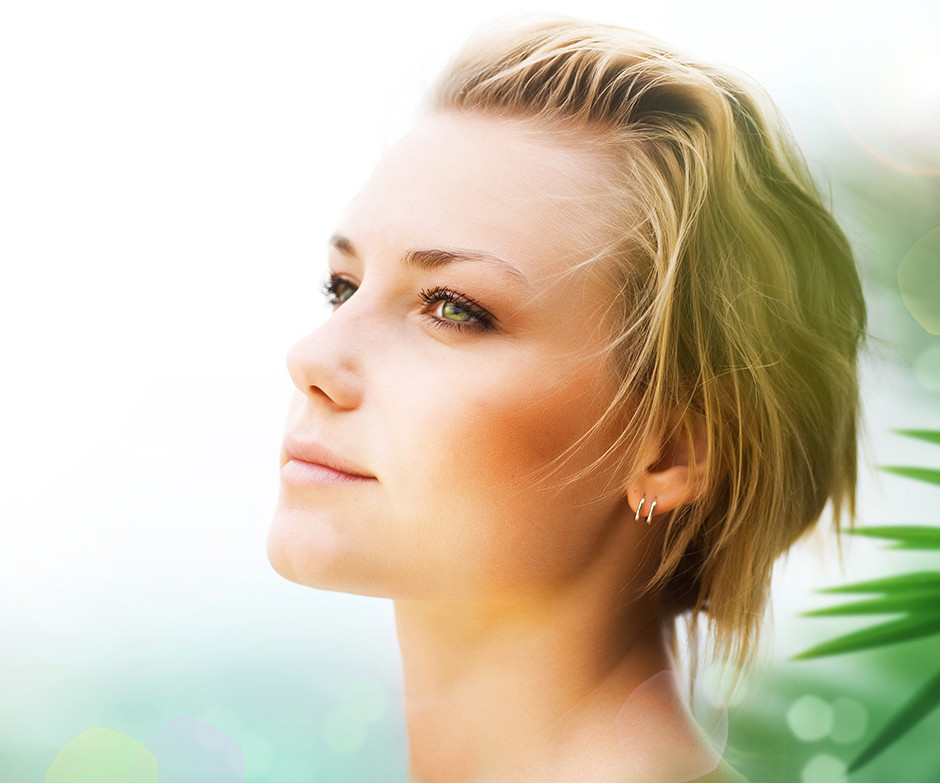
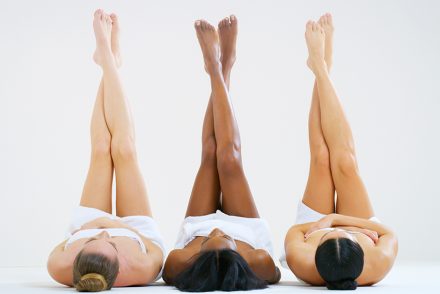

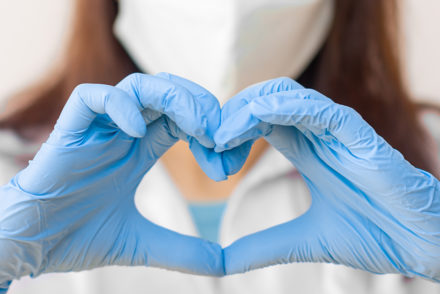
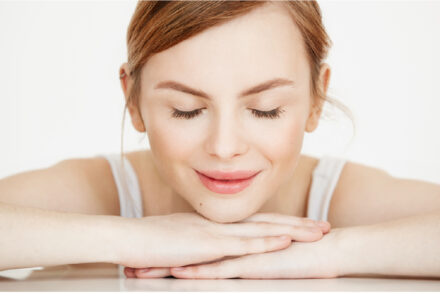


No Comments